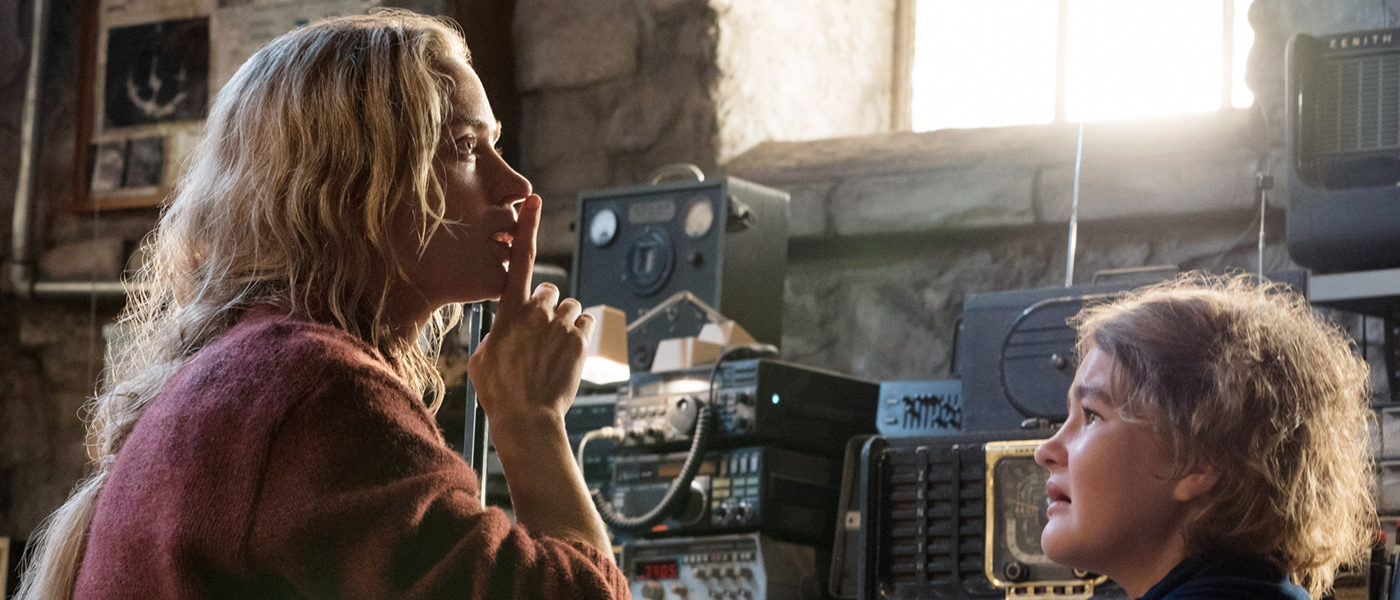Fans of the horror genre have been buzzing about Taylor Antrim’s article on Vogue tearing 2018’s scary movie offerings a new one. The response has been overwhelmingly oppositional, and with good reason. This year objectively was not a bad one for the genre.
2018 has not been good for horror. https://t.co/I4Y3gQ7ae4
— Vogue Magazine (@voguemagazine) November 9, 2018
Antrim glosses over the major label productions that boded well, and highlights The Nun (the millionth installment in the Conjuring universe that zero people were hyping) as bringing down the genre. Those majors pushed the definitions of what horror is and the direction it will be going, while he tore into Halloween for not being “scary.”
If you consume more than one horror movie a week, have a Shudder subscription, and/or call yourself a fan of the genre, you know that you might not feel terrified after watching a scary movie. This isn’t lowering our expectations as fans–for better or worse, we desensitize ourselves. Jump scares often don’t make us jump. There is little territory in horror (and cinema, and all other art forms) that hasn’t been chartered yet, and it has been left to today’s filmmakers to find innovative ways to rehash and recreate themes that have been introduced by the genre’s pioneers. Pushing genre definitions, as was the case with Hereditary, is one way of breathing new life into the art.
Maybe we don’t need to highlight senseless violence in the genre anymore because we see enough of that on the news. In the age of constant connectivity, we are always aware of the atrocities of war, social injustice, and petty political bullshit. I want and expect more out of my horror movies now because I need an escape from what is going on in the real world. I want to have faith that filmmakers can do more than regurgitate old ideas with current actors and SFX. Weaving a more complex web of thematic elements to evoke an emotional response has more impact for me that an Eli Roth-style gorefest that has been done to death. The lines between horror and thriller and sci-fi and drama are blurred, and why is this touted as a bastardization of horror? Dramedies, rom-coms, and based-on-a-true-story fiction are successful melds of genres that have proven successful. Classification is not a one-size-fits-all model, and the films that fit squarely in one genre (or subgenre for that matter) tend to be more boring that ones that take aspects from different styles. How do we expect writers and directors to unleash creativity if we tell them to stay in their lane?
Antrim says that 2017 was good because of Split, It, Raw, It Comes At Night, Thelma, Super Dark Times, and Get Out. He praises Hereditary and The Terror and back-handedly compliments A Quiet Place, while trashing other releases from this year. The power of indie horror this year proved itself a force to be reckoned with. Why is there no mention of What Keeps You Alive, Our House, and The Witch in the Window? Terrified and Terrifier? The Ritual? You Might Be the Killer? The Dark? Hulu brought us Huluween which featured a collection of horror shorts, an unprecedented display of the genre AND the format. Maybe Get Out got people excited about horror again, but it certainly didn’t end there. If anything, it showed people (i.e. production companies and distributors) that the genre can have mass appeal and does not deserve to be overlooked.
Can we really expect a Vogue contributor to be the authority on horror? If his intent was to garner clicks by posting a contrarian edgelord critique of innovations in the industry, I guess he succeeded. But those of us who are committed to the growth of the genre know better.



